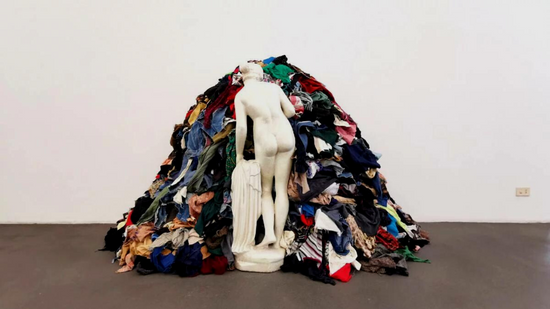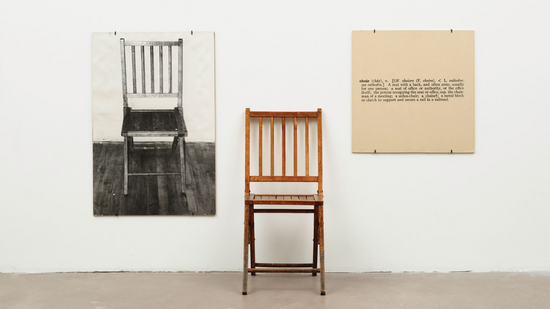The term was introduced by artist Theo van Doesburg in his 1930 Manifesto of Concrete Art, published in the first and only issue of Art Concret magazine.This new movement differed from the previous ones by its even stronger tendency to rely on pure geometric forms, the formal qualities, the complete denial of lyricism, dramatism and symbolism.
Find out more about this movement here.
Read more →
Ever seen a work of art that resembles an acclaimed piece or is very similar to an artist's style? There is a strong chance that the artwork is a pastiche. But what is pastiche? Pastiche art uses the distinctive image or style of another artwork, while still infusing the artist's own style. This allows artists to celebrate the greats of art history, whether by paying homage or making a sociopolitical statement. Pastiche is nothing new and has been used as a method to create art for years. There are many successful pieces that honor famous artists such as Leonardo da...
Read more →
Arte povera was a radical Italian artistic movement, from the late 1960s to the 1970s, whose artists explored a range of unconventional processes with 'everyday' materials. Arte povera emerged within a network of urban cultural activity in these cities when Italy was gripped by instability.economy again.Find out more about this artistic movement here.
Read more →
In the 1960s, many artists experimented with art that emphasized ideas about objects and materials traditionally associated with artistic creation. In 1967, Sol LeWitt wrote in his essay “Paragraphs on Conceptual Art” that “the idea itself, even if it is not visual, is as much a work of art as any finished product”. Conceptual artists use their work to question the notion of what art is and to critique the underlying ideological structures of artistic production, distribution and exhibition. Conceptual art is a movement that values ideas over the formal or visual components of works of art.
Read more →




